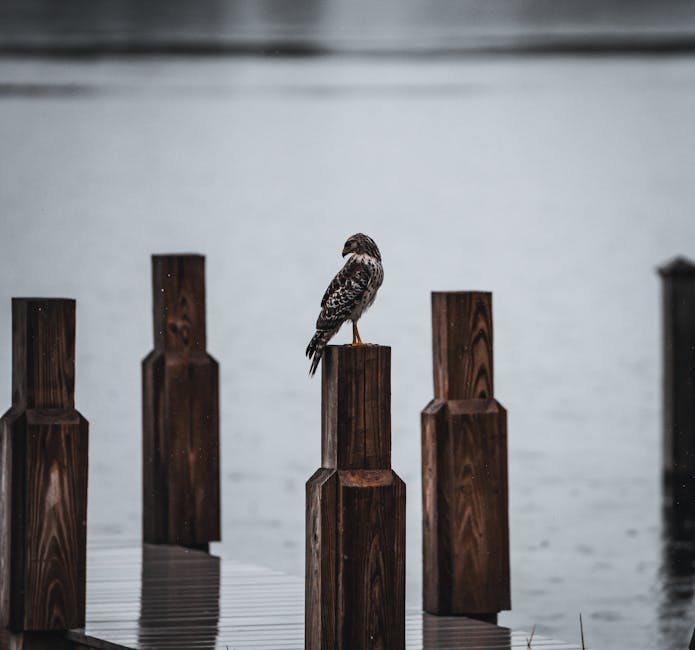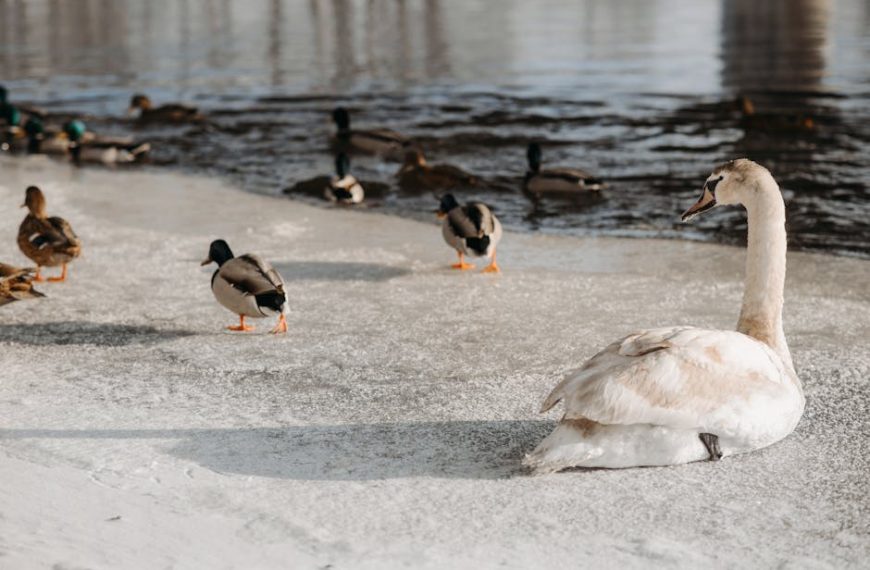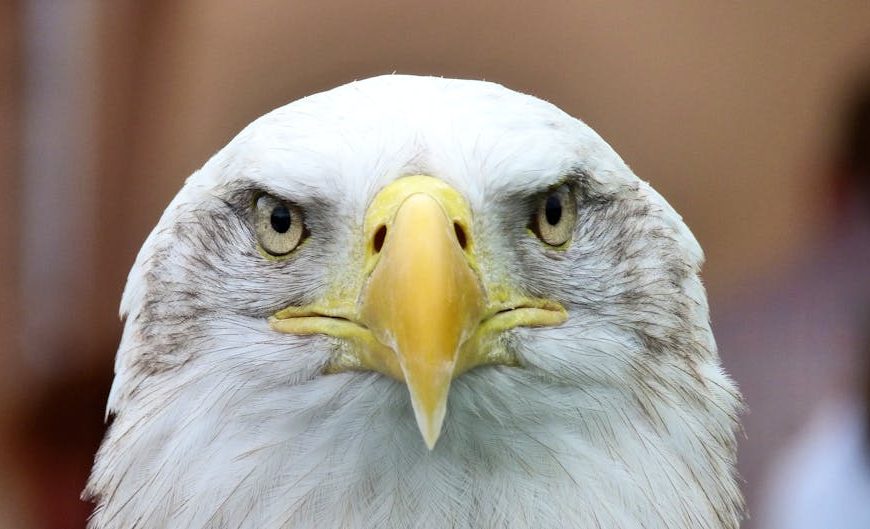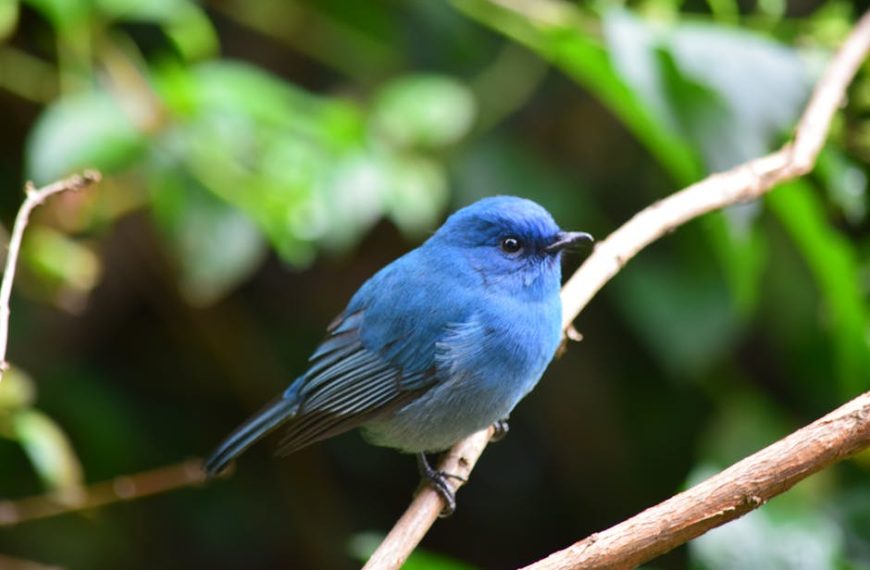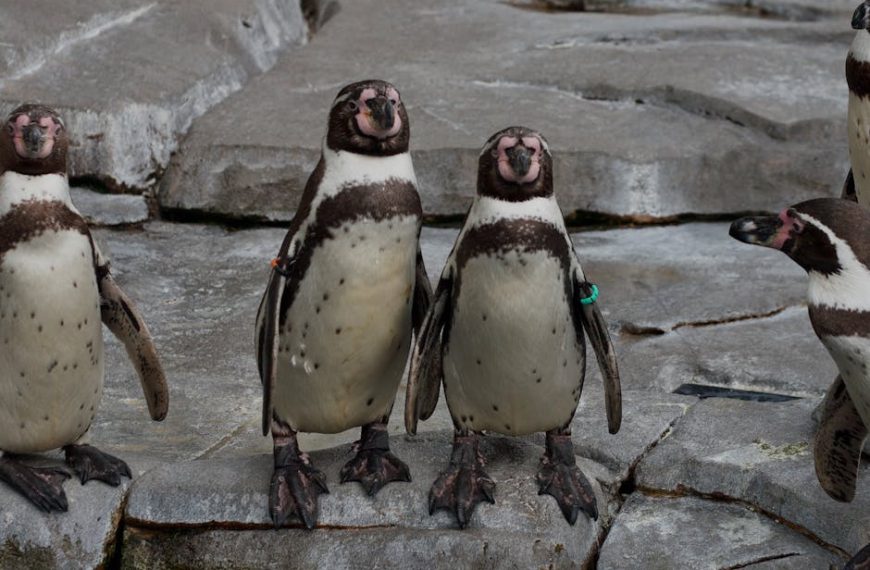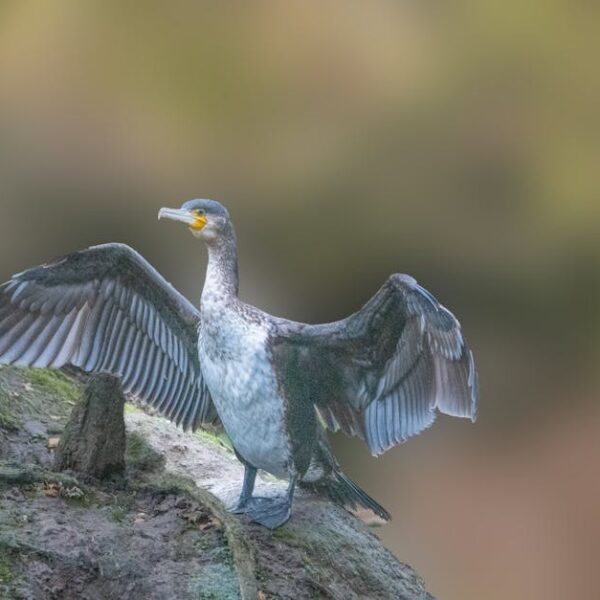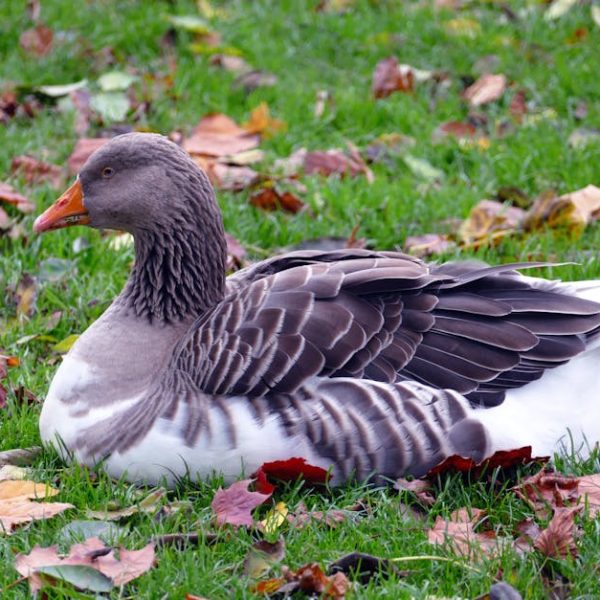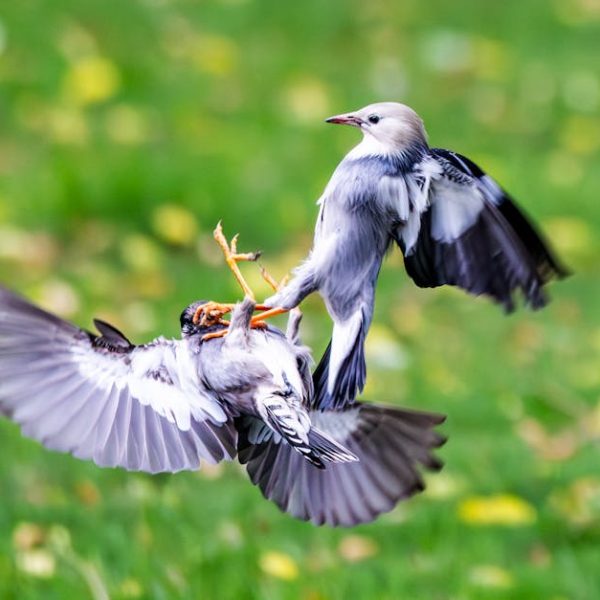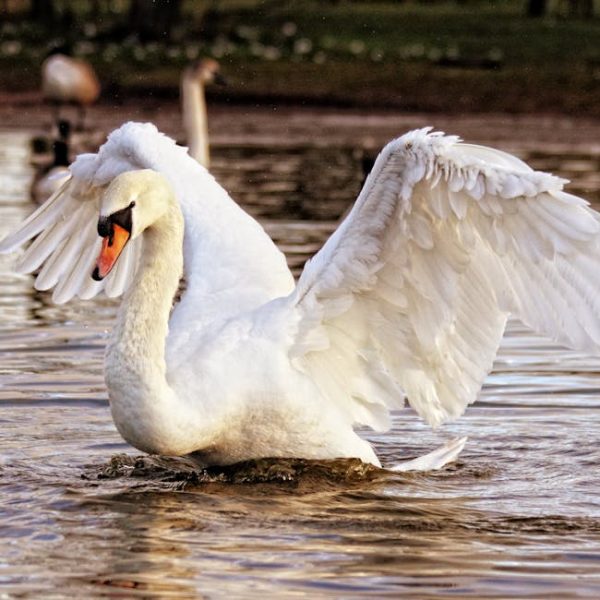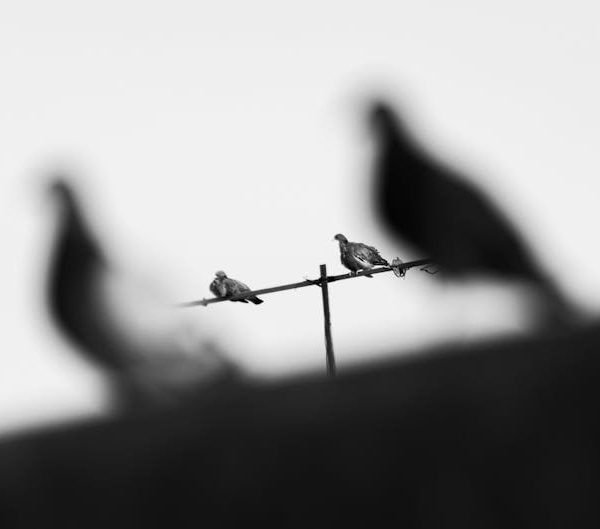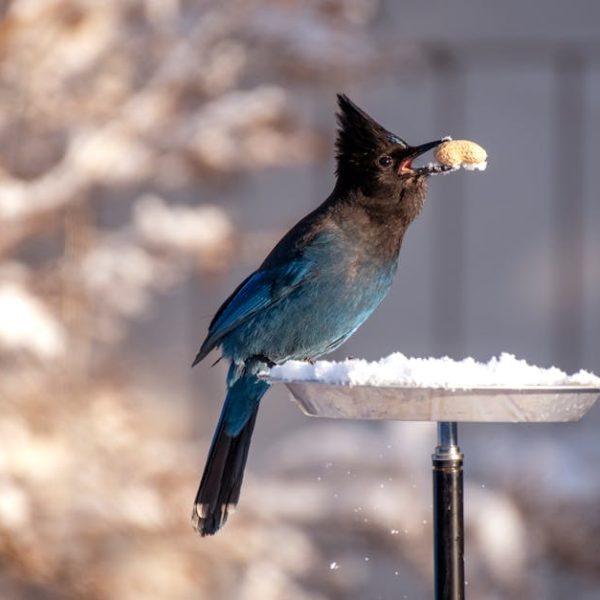Red-eyed birds are a spectacular sight. Their fiery eyes, often contrasting strikingly with their plumage, add a layer of mystique and allure. This article brings you closer to ten fascinating birds that boast breathtaking red eyes, so strap in for an avian adventure!
1. Red-Eyed Vireo
Meet the Red-Eyed Vireo, a small and unaffected bird blessed with striking ruby-red eyes. Its vibrant eyes, coupled with its melodious, repeating song, make it an impressive character. These birds are skilled acrobats, darting dexterously through thick forests in search of insects and berries.
Best practice for spotting a Red-Eyed Vireo involves locating its preferred habitat. Look for dense, deciduous forests or mixed woodlands, particularly near streams.
Pro Tip : Overcast days during late spring and early summer are your best bet for spotting a Red-eyed Vireo. Listen for its persistent song repeated throughout the day.
2. African Pygmy Falcon
The African Pygmy Falcon stands as Africa’s smallest bird of prey. But don’t let their size fool you! One look into their fearsome red eyes will confirm their predatory status. They can be found among the acacia trees of the savannah, vigilantly searching for their next meal.
For a size comparison, the African Pygmy Falcon is just about the same size as an American Robin!
Checklist for Identification:
- Red eye with a narrow white orbital eye-ring
- White underparts
- Gray upperparts with white over the back
3. Greater Flamingo
One cannot talk about red-eyed birds without mentioning the stunning Greater Flamingo. Its neon-red eyes, matched with its gentle pink plumage, make it an iconic figure among avian species. Greater Flamingos live in large flocks or colonies and can be found in parts of Africa, Asia, the Americas, and Europe.
Among the six species of flamingos, the Greater Flamingo is the tallest and has the lightest pigmentation.
Pro Tip : Try to capture photographs of a flamingo during sunrise or sunset when the lighting Complements their pink plumage beautifully.
4. Victoria Crowned Pigeon
As far as pigeons go, the Victoria Crowned Prawn’s extravagant plumage and red eyes undoubtedly rule. Their opulent crest coupled with their large size calls for admiration. Native to Indonesia’s forests, they are ground dwellers that enjoy a diet of fruit and seeds.
Common city pigeons pale in comparison to the grandeur of Victoria Crowned Pigeons, which are almost four times their size!
Pro Tip : Visit a local aviary or zoo early morning or late afternoon when the bird is active and can be spotted strolling the ground.
5. Red-Eyed Tree Frog
Diverging from our avian friends momentarily, let’s appreciate the Red-Eyed Tree Frog, an iconic amphibian known for its distinctive red eyes. Yes, it’s not a bird, but its brilliant green body paired with those startling eyes make it an honorable mention on this list.
Unique features:
- Vibrant red eyes with vertically narrowed pupils
- Leaf-green body with blue and yellow striped flanks
- Orange or red webbed feet and toes
Our red-eyed amphibian has a very different lifestyle from our feathered friends! The Red-eyed tree frog is a nocturnal creature, sleeping during the day glued to leaf-bottoms with their eyes closed, disguising themselves among the foliage. At the sight of potential predators, they reveal their vivid colors, hopefully startling the intruders long enough for them to leap to safety.
Continuation in the next response.
6. Red-Crested Turaco
Seated next on our list is the Red-Crested Turaco, an exotic bird known for its dynamic appearance. Its bright red eyes and striking green feathery crest surely grab one’s attention. This African bird thrives in the shrubby woodland and in dry savannahs, where it hops clumsily from tree to tree feeding on fruits.
Turacos are notably different from most bird species as they possess a unique pigment in their feathers that gives them their bright green and red colors.
Pro Tip : Should you find yourself in Angola, listen for their characteristic guttural calls echoing from the treetops in the early morning or late afternoons.
7. Red-Eyed Dove
The Red-Eyed Dove, although a common bird in Afro-Eurasia, deserves mention for its trademark red eyes. Their grey-brown bodies might not draw much attention, but one glance at their vivid red eyes instantly identifies them. They are familiar city dwellers, populating parks and gardens, where their peaceful cooing forms a familiar ambient sound.
Compared to the lovely cooing of the Red-eyed Dove, its close cousin, the Mourning Dove, has a mournful song that invokes a sense of tranquillity.
Pro Tip : Catch a glimpse of these birds in Africa, the Middle East, and the Indian subcontinent, ideally at dawn and dusk when they are most active.
8. Chukar Partridge
Coursing through rocky grasslands and mountains, the intense red-eyed Chukar Partridge navigates its way with an intimidating glare. This bird is easily distinguishable due to its chunky body, black ‘necklace’, and the scarlet ring bordering its eye.
Distinguishing characteristics:
- Red beak and eye orbit
- Barbary partridge-like body with a black band across the forehead
- Black necklace against a light grey body
Pro Tip : Keep an eye out for the Chukar Partridge near rocky hillsides or grassy slopes, particularly in the early morning or late afternoon when they forage for food.
9. Sarus Crane
Meandering through the wetlands of Southeast Asia and Australia is the regal Sarus Crane. With its absolutely arresting red eyes, tall stature, and elegant grey plumage, it’s hard not to stand in awe of this bird. Plus, it’s worth noting that the Sarus Crane holds the title for the tallest flying bird in the world!
In contrast to the elegant Grey Heron, known for its nimbleness and solitary nature, the Sarus Crane is often spotted in pairs and is known for its charming frisky dance.
Sarus Crane identification checklist:
- Cream-colored body
- Red head extending down the neck
- Long, pointed bill
10. Common Moorhen
Rounding off the list, the Common Moorhen paints a vivid picture with its deep amber-red eyes, olive-black body, and white undertail. This bird can be spotted around water bodies across the globe, making its unmistakable ‘kruk-kruk’ call.
Common Moorhens nest in wetlands, a choice profoundly different from the Red-eyed Dove, which prefers urban areas. Their diets also vary, with the Moorhen favoring aquatic vegetation, whereas the Dove feeds mostly on seeds.
Pro Tip : If you are an aspiring bird photographer, your best chance to capture a great shot of the Common Moorhen is by visiting lakes or ponds during the early morning or evening.
Embarking on this journey of understanding and appreciating these resplendent red-eyed creatures is a testament to nature’s stunning beauty and diversity. Peek into the wild, and you might just spot these enigmatic winged wonders. Happy birding!
Key Takeaway:
- The Red-eyed Vireo, African Pygmy Falcon, Greater Flamingo, Victoria Crowned Pigeon, Red-Eyed Tree Frog, Red-Crested Turaco, Red-Eyed Dove, Chukar Partridge, Sarus Crane, and Common Moorhen all feature striking red eyes, making them unique among their species.
- These birds and amphibian not only have distinct physical features but also display unique behaviors and lifestyle habits.
- Engaging in bird-watching activities can offer incredible opportunities to spot these fascinating creatures and appreciate their beauty.
As we delve into the vibrant world of birds with red eyes, we discover that the animal kingdom’s diversity and splendor hold so much more to be explored. Always keep your eyes wide open for these enchanting creatures. Remember, your next outdoor trip could turn into a red-eyed discovery adventure!
FAQs
Q: Are red eyes common in birds?
A: While there are several bird species featuring red eyes, it’s not particularly common. Their striking red eyes often distinguish them among other species.
Q: Does the red eye color in birds provide any specific advantage?
A: Depending on the species, the red eye color can serve different purposes. It can serve as a distinguishing trait during mating seasons or a defense mechanism against predators.
Q: Are these red-eyed birds found globally or are they concentrated in specific regions?
A: Many of these red-eyed birds are found in different parts of the world. However, their habitats vary widely from forests to city dwellings, depending on the species.
Q: What’s the best time to go bird-watching for these red-eyed species?
A: That largely depends on the species. In general, early morning or late afternoon tends to be a productive bird-watching time for many birds.
Q: Does the red eye color change or fade with age in birds?
A: For most of the birds, the red eye color remains throughout their lifespan. However, it may vary depending on the bird species.
We encourage you to share this eye-catching ensemble of red-eyed birds with other nature lovers. Also, feel free to delve into more fascinating posts on our website!
